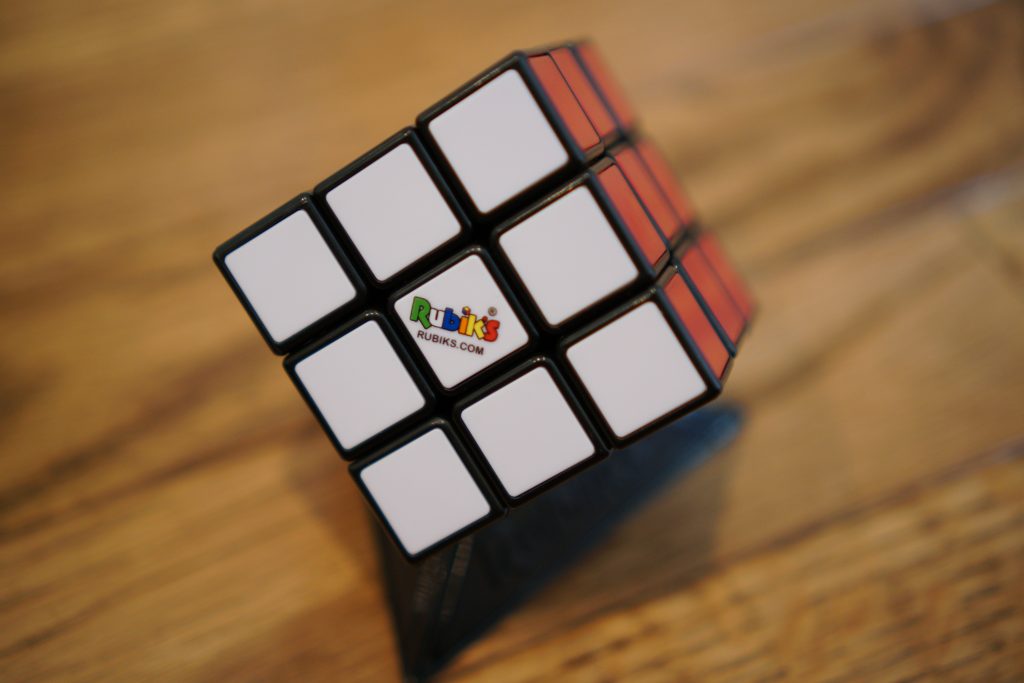
Full disclosure, I never enjoyed trying to solve a Rubik’s cube, and to me, it always seemed like a ridiculous waste of time. Although, if someone told me that solving the puzzle would net me millions of dollars, I would work at mastering it. It’s pretty safe to assume that no one is going to pay me millions to solve the Rubik’s cube. However, if you are the CIO or CFO of a business that spends millions a year on IT, you’ll be happy to know that there is an equivalent puzzle that, once solved, can net you millions.
So, what’s the puzzle? Much like the Rubik’s cube, it’s making sense of information across six different dimensions. However, instead of colors, the dimensions are:
- What you have purchased
- What you have installed
- Information about servers
- Information/Data regarding Usage
- Software as a Service Spend
- Cloud use
Sounds simple? Well, just like the Rubik’s cube, it seems simple until you try to solve it. Unlike the Rubik’s cube that can be mastered in time, the complexity of IT licensing is considerably more complicated. Each of the six dimensions spawns new dimensions. To illustrate, let’s walk through one example: You buy from many vendors such as Oracle, IBM, Microsoft, Amazon, etc. Each vendor has many products, each product has different terms of use, and each contract may contain one-off exceptions to standard conditions. Also, the programs your business has installed vs. the programs in use can differ significantly, and thanks to Moore’s Law, hardware capacity is also continuously evolving.
Businesses license SaaS applications, but sometimes employees purchase a license and expense it. Also, moving on-premise applications to the cloud introduces new complex factors; virtual utilization, API access, network throughput, and data backups introduce new pricing challenges. Given all the permutations and changes, it’s no wonder why IT often throws their hands up in despair.
How are businesses managing this today? The answer is not particularly well. That’s where the payoff of solving this puzzle comes in. Gartner estimates that 25 – 35% of IT spend is wasted. Translation, for most businesses, solving this puzzle can save millions. The real challenge arises because solving this puzzle is not just a one-and-done proposition. To maintain efficiency, you’ll need to continuously monitor and update this puzzle. As employees come and go, you refresh hardware, you make new purchases, or you introduce new services.
Imagine you’re working on solving the Rubik’s cube, and someone comes along, rips the cube from your hand, and rejumbles the puzzle. Besides wanting to throw the cube at them, are you prepared to handle that?
The fastest recorded time of an individual manually solving a Rubik’s cube, on their best day, is 5.25 seconds. In contrast, a computerized robot has been tuned to consistently achieve the same results in just under .38 seconds (if you blink you’ll miss it). Grab the cube, jumble it up, and bam, in less than a second, the computer/robot solves again, each time, every interval, always right, and always efficient. This same relentless efficiency can be applied to solve the business challenges of complex IT environments. Only, instead of seeing the panels of coordinated colors on a Rubik’s cube, you enjoy reduced risk, eliminated budgetary waste, and optimized IT spend. Now, aren’t those benefits worth solving the puzzle?




